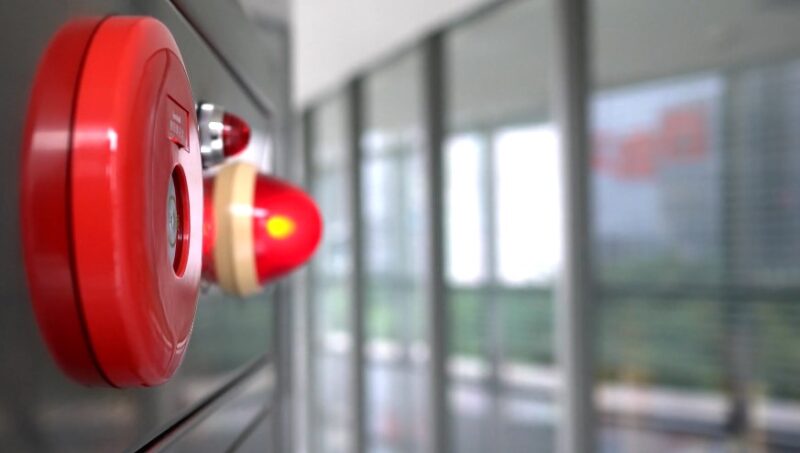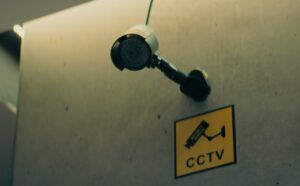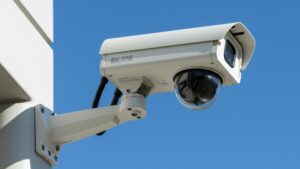Fire safety systems might not be the flashiest topic out there—but if you’re reading this, chances are you’ve got a building to protect, and you want to get it right.
I’ve been working with fire systems and security installs for a while now, and let me tell you: a little bit of the right info goes a long way.
This guide is for beginners—just solid, hands-on advice for setting up your first fire system. Let’s cut to the chase.
Core Equipment Breakdown
| Equipment | What It Does | Where It’s Used |
|---|---|---|
| Smoke Detectors | Detect smoke—ionization (fast flames) or optical (smoldering fires) | Bedrooms, hallways, offices |
| Heat Detectors | Go off when a certain temp is reached or rises quickly | Kitchens, garages, boiler rooms |
| Manual Call Points | Little red boxes people can press to trigger alarms | Stairwells, exits, near elevators |
| Sounders & Beacons | Audible and/or visual alerts | Everywhere—especially for accessibility |
| Control Panel | Brains of the operation—manages signals | Usually near main entrance or lobby |
| Power Supply | Mains with backup battery; wireless if needed | Depends on system size and layout |
Why a Proper Fire System Matters
We all want to feel safe in our homes or workplaces. A robust fire system is key to making that happen. It alerts people in the building, gives folks time to evacuate, and reduces property damage.
There’s been steady progress in fire safety codes, like NFPA 72 in the U.S. or BS5839 in the U.K., so it’s not just about slapping a few detectors on the wall.
It’s about selecting the right gear, doing the wiring correctly, and following the codes that keep everyone protected.
Key Equipment for Your Fire System
When you’re building a fire system that actually works when it matters, the gear you choose makes all the difference.
Here’s a breakdown of the essential equipment you’ll need—and where it fits into the bigger picture.
Smoke Detectors
Smoke detectors are often the first line of defense. They come in several flavors, with ionization detectors reacting quickly to fast-flaming fires and optical ones better at spotting slow, smoldering fires.
In simpler terms, one type focuses on speed, and the other emphasizes thorough detection over time. If you’re setting up a basic home system, you might lean toward optical detectors in areas like hallways or living spaces and ionization detectors in spots prone to quick flare-ups.
Heat Detectors
Ever been worried about false alarms in the kitchen? Heat detectors might be your solution. They trigger once the temperature hits a certain point or if there’s a sudden jump.
Places like kitchens, garages, or utility rooms can benefit from these. They’re handy for avoiding the false alarms that sometimes plague smoke detectors in smokier or hotter areas.
Manual Call Points and Alarms
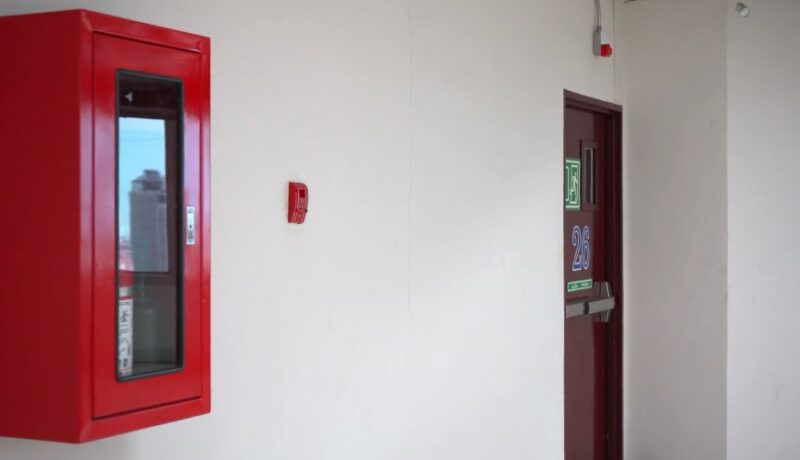
Those red boxes (sometimes green, depending on region) that you see in corridors or near exits are manual call points. Smack the glass in an emergency, and the alarm blares throughout the building.
Alarms, meanwhile, range from bells and sirens to beacons with flashing LEDs for added accessibility. Giving everyone a clear signal is critical, so the best setups include both audio and visual notifications.
Control Panels and Power
The control panel is like the command center of your system. It keeps track of all the devices, shows which area has triggered an alarm, and can even handle advanced features like automatic dial-outs to a monitoring station.
Most panels run on mains electricity but also rely on battery backups, so the system won’t just shut down if there’s a blackout. I’ve seen a rise in wireless control panels, too, which skip heavy wiring in favor of battery-operated detectors and call points.
Those can be nice in temporary situations (think a construction site), though for a long-term, permanent installation, a hardwired approach is typically more reliable.
Wiring That Keeps You Safe
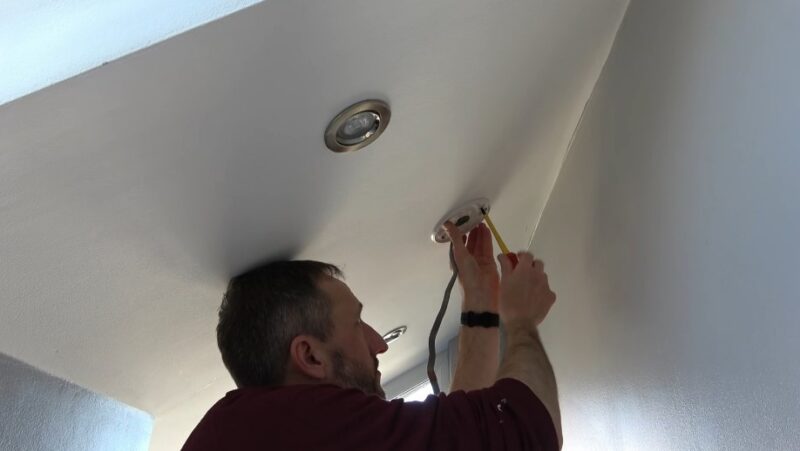
Wiring might not be the flashiest part of a fire system, but it’s absolutely critical. The best equipment in the world won’t help much if your cables melt or fail under pressure.
Cable Choices
Fire-resistant cables are a non-negotiable point in many regions. We’re talking cables that can hold up when things get hot. Usually, you’d go for at least 1mm² core size.
For sites that are tall, unsprinklered, or have extra-high risk factors, you’ll want an “enhanced” cable that meets stricter standards.
By the way, cables are often color-coded red to keep them separate and obvious to inspectors or maintenance crews. Here are the points to keep in mind:
- Avoid crossing fire system wires with power lines, to cut down on interference.
- Keep cables supported by metal clips or trunking that won’t melt in a blaze.
- Avoid splices or joints unless they’re happening at a detector or call point.
Testing and Compliance
Testing is one area that some beginners skip, which is a big mistake. An insulation test at 500V DC is the norm, aiming for at least 2 Mohm. Lower readings might mean you’ve got a damaged cable or moisture in your conduit.
And don’t forget to label circuits clearly—an inspector (or your future self) will be grateful. Many local codes require these tests, and you’ll also see references to OSHA guidelines in the U.S. or EN standards in Europe.
Laying Out Your Setup
View this post on Instagram
Before you start running wires and mounting devices, you need a solid game plan. This stage is where your fire system goes from concept to reality.
Planning and Execution
Small buildings might get by with a simple, conventional system where each zone corresponds to a floor or a specific section. In bigger places—like multi-story office buildings—an addressable system pays off.
Each device has its own “address,” so if a detector goes off, you instantly know which specific room is affected. That’s a game-changer when every second counts.
The control panel usually works best in a location that’s easy to access and relatively central, like a lobby or main office. You’ll typically run 18-gauge fire alarm cable (or an equivalent) from the panel to each device.
For conventional systems, you might wire each zone separately. Addressable systems often work in loops, giving more flexibility and redundancy in case of a cable break.
Here are a few pointers for the actual wiring process:
- Turn off mains power before starting. Obvious, but always worth repeating.
- Double-check polarity on detectors or call points if they require it.
- Keep cable runs neat and avoid tight angles or spots where wires can get pinched.
- Perform your tests before popping everything back into walls and conduits.
Addressing Large Buildings
Once you get into multi-level sites or sprawling commercial setups, everything scales up. You might need backup power sources, multiple loops for addressable devices, and advanced integration with building management systems.
It’s wise to bring in a seasoned professional or firm if it starts feeling out of your comfort zone. That’s not weakness; it’s just a call to ensure the building and occupants remain safe.
Extra Notes on Wireless Systems
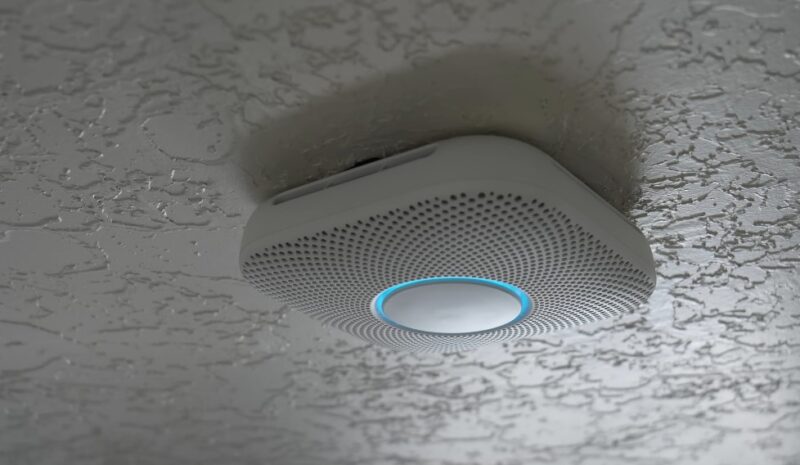
Although traditional hardwired systems remain the default, wireless options are on the table nowadays. These systems sync detectors, call points, and alarms to a battery-powered panel using radio signals.
It’s a breeze when you’re dealing with temporary situations or older buildings where running cable might require excessive drilling or cause aesthetic issues.
Of course, batteries run out eventually, so there’s more ongoing maintenance. If you forget to switch out those batteries, you might end up with a silent system when an emergency hits.
Summary
That’s the basic rundown of fire system installation for beginners. It’s not just plugging in gadgets and hoping for the best; it’s about selecting equipment that fits the property, ensuring wiring is fire-resistant and neatly done, and giving it all a thorough test. The same is with other security installations, including CCTV.
Code compliance might sound like a hassle, but trust me, it’s there for a reason. Fire systems can literally save lives, so taking the time to do it properly is absolutely worth it.
Here’s wishing you a safe and well-protected space. If in doubt, get some expert backup—better to be safe than sorry.

